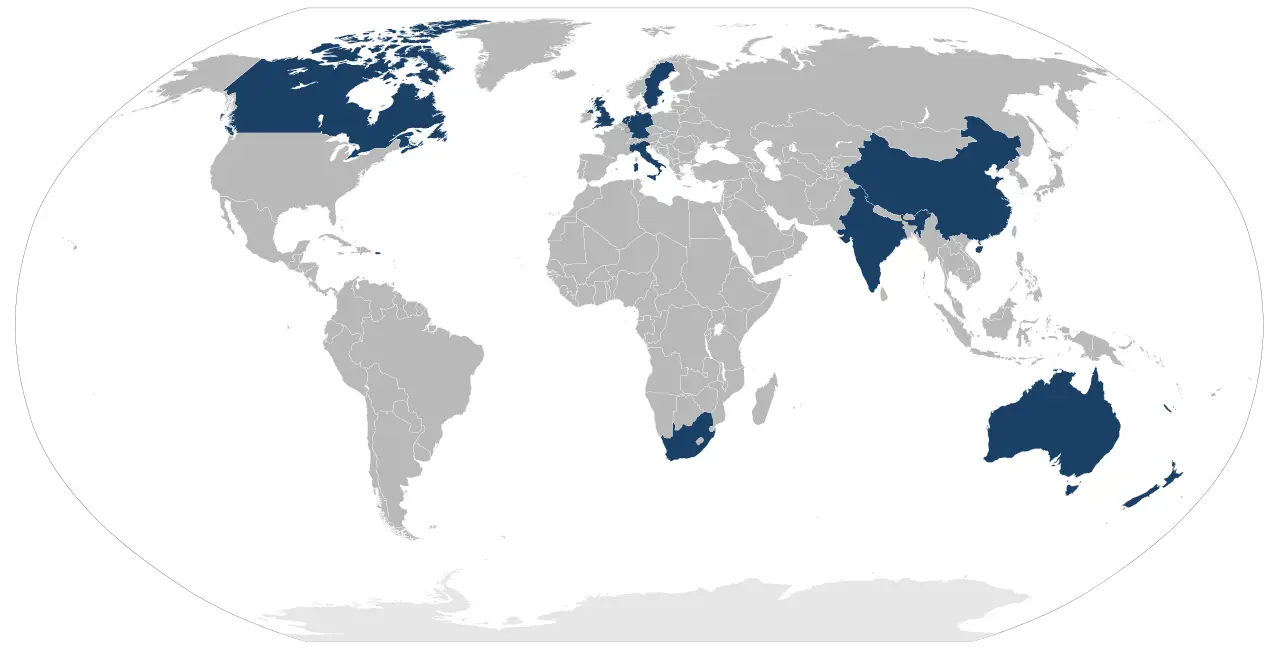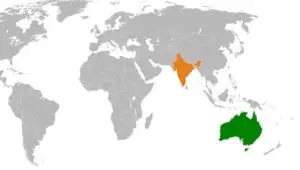Square Kilometre Array Radio Telescope Project | UPSC – IAS
The Square Kilometre Array (SKA) is a radio telescope project proposed to be built in Australia and South Africa. If built, it would have a total collecting area of approximately one square kilometre. It would operate over a wide range of frequencies and its size would make it 50 times more sensitive than any other radio instrument. It would require very high performance central computing engines and long-haul links with a capacity greater than the global Internet traffic as of 2013. It should be able to survey the sky more than ten thousand times faster than before.
On 12 March 2019, the Square Kilometre Array Observatory (SKAO) was founded in Rome by seven initial member countries, with several other expected to join in the future. This international organisation is tasked with building and operating the facility, with the first construction contracts scheduled to be awarded in late 2020
Location: – South Africa’s Karoo region and Western Australia’s Murchison Shire were chosen as co-hosting locations for this project.; Built Year: – 2024 – 2030.

The Square Kilometre Array (SKA) is a global project with eleven member countries that aims to answer fundamental questions about the origin and evolution of the Universe. In the early days of planning, China vied to host the Square Kilometre Array (SKA), proposing to build several large dishes in the natural limestone depressions (karst) that dimple its southwestern provinces; China called their proposal Kilometer-square Area Radio Synthesis Telescope (KARST). In April 2011, Jodrell Bank Observatory of the University of Manchester, in Cheshire, England was announced as the location for the project headquarters.
More About Square Kilometre Array (SKA) Project | UPSC – IAS
- Square Kilometre Array (SKA) project is an international effort to build the world’s largest radio telescope, with eventually over a square kilometre (one million square metres) of collecting area.
- It will use 1000s of dishes and up to a million low-frequency antennas that will enable astronomers to monitor the sky in unprecedented detail and survey the entire sky much faster than any system currently in existence.
- Karoo will host the core of the high and mid frequency dishes and Murchison will host the low-frequency antennas.
- Recent Developments – MeerLITCH is the world’s first optical telescope linked to a radio telescope launched in South Africa.
- The device forms part of the Square Kilometre Array (SKA) project and will be linked to MeerKAT, a radio telescope located 200km away.
- Scientists at Cambridge have finished designing the data processor of SKA’s telescopes.




